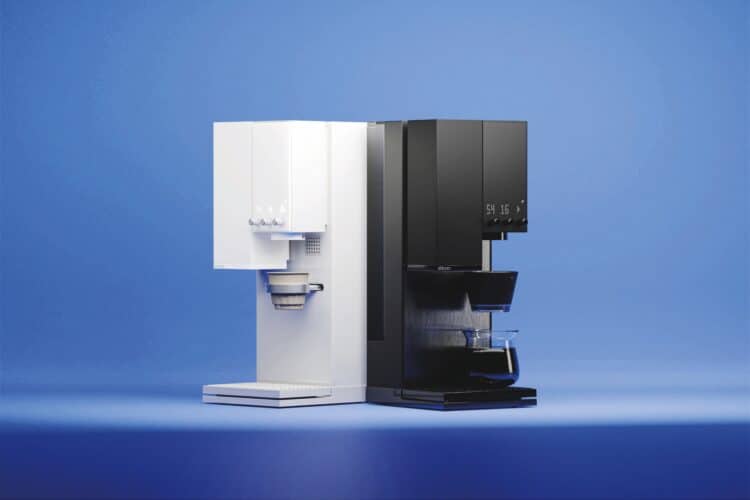How can roasters make sure cafés are getting the best out of their beans – time after time?
Nobody has more knowledge of the flavour profile of a coffee than the people who roast it. Once the beans make their way to a café counter or home kitchen though, the control over how the coffee is meant to be enjoyed risks being lost.
There are few methods better for experiencing every flavour note of a brew than the pourover, but variables like the person manually brewing it, the equipment used, or the recipe itself can create inconsistent experiences for the end consumer and see high-quality coffee not reach its full potential.
The evolution of pourover coffee, however, has not been left behind by the automatic coffee machine revolution. In fact, the xBloom Studio – a countertop automatic pourover machine – is giving roasters more control over how their beans are served than ever before, according to CoffeeTools Director Curtis Arnold.
“The best application for the xBloom is for a roaster to promote it to cafés that have really discerning customer bases, those who like the idea of light-roast single origins with lots of flavour notes which can really shine through in a manual pourover,” he says.
“Creating a top quality pourover can be hard to do in a café setting though, especially if it’s a busy venue or staff don’t have the specific training to do it properly.
“This machine can do all of that, while giving the roaster full control of the variables since they can create and store the recipes. It allows the café to offer that premium pourover experience where the customer can truly appreciate the flavours of the coffee.”
The xBloom Studio consists of three independent components: a water unit, which Curtis describes as like a kettle capable of delivering instant hot water, a standalone grinder that features 80 grind settings, and “super responsive” in-built scales.
Recipes can be created by the roaster or the end user and stored on the machine or its mobile app. These recipes cover variables such as pour pattern, water temperature, flow rate, and grind size.
“If you just take the recipe from the roaster, you can replicate it without needing any special knowledge or experience. It allows cafés and home brewers to connect with the roaster,” says Curtis.
“It’s a great tool to use when you’re building and testing roast profiles, because it’s just so consistent. You can put your basic recipe in and compare one cup to the next because all those variables are controlled.
“Cafés can then offer that experience to the customer, because this is the only brew method that really lets that roaster create the recipe and connect them to the consumer. It gets the consumer as close as possible to tasting the beans the way the roaster intended.”
Curtis says the xBloom Studio is great for cafés or home brewers looking to up their pourover game as well as roasters looking to create stronger connections with the people who drink their coffee.
“The recommended retail is price $1099. You can’t buy a grinder, water unit, and scales of this quality for that price, let alone all together with this amazing software, app, and everything else with it,” says Curtis.
“I think that’s one of the most incredible aspects of it – it’s an attainable machine for the café that is looking to implement it, the end customer who absolutely loves it, and the roaster that is looking to supply and sell them to create that improved connection with their beans.”
It’s this blend of the experience of a pourover and the potential for greater connection with the coffee that, Curtis says, can help lift experiences across the coffee industry.
“It’s very intuitive and easy to fine tune, so there’s no real learning curve. It’s a gateway into specialty coffee for the uninitiated, and it makes what can be an intimidating brew process incredibly accessible,” he says.
“It creates an opportunity for people to have a higher standard of coffee experience. Continuing to raise that bar benefits everybody in the coffee industry.”
For more information, visit coffeetools.au
This article appears in the October 2025 edition of BeanScene. Subscribe HERE.




